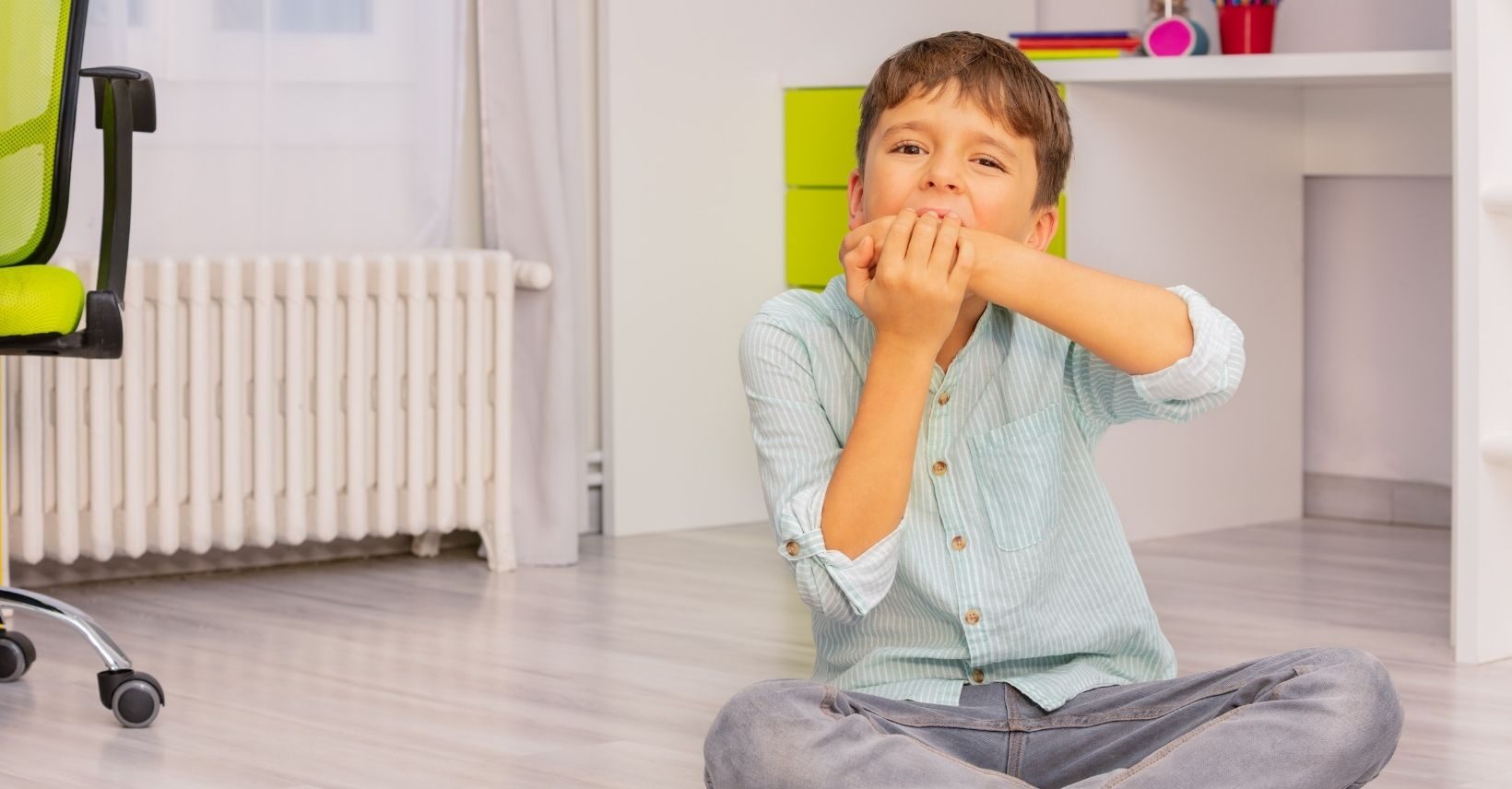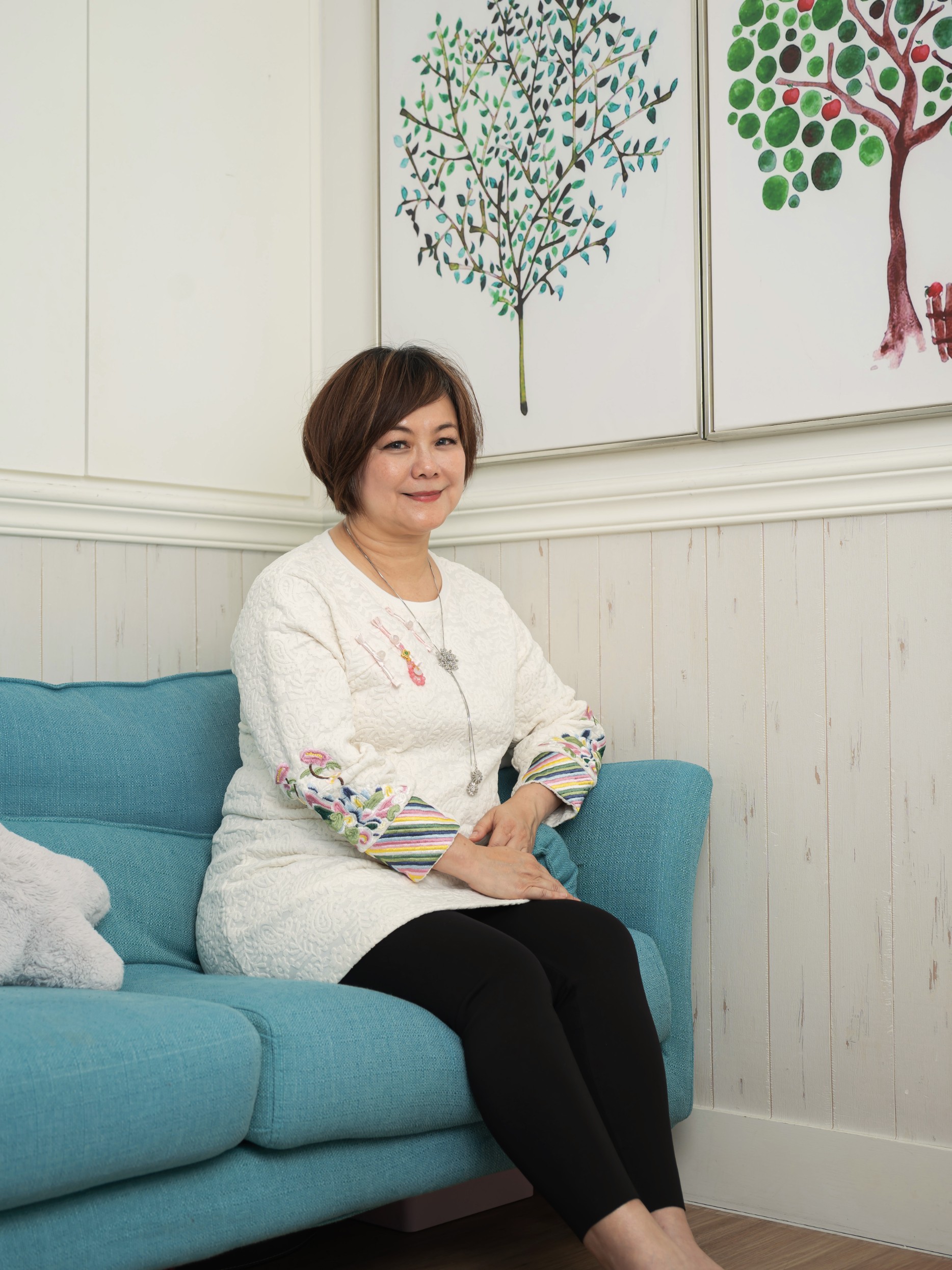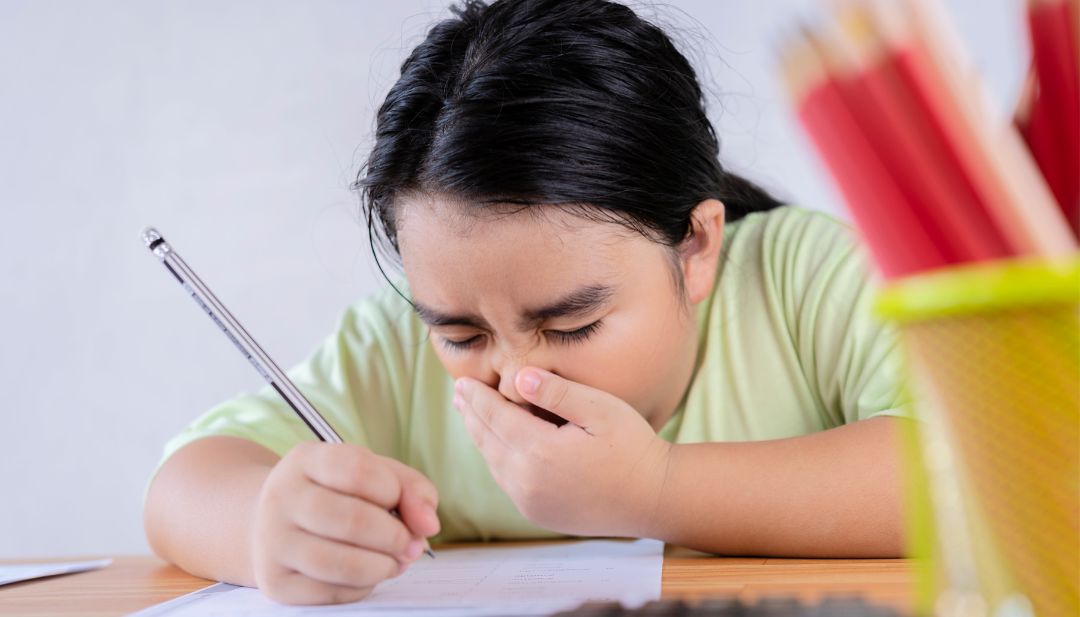
Helping Your Anxious Child Return to School: A Parent’s Guide
September 10, 2025
4 min read
The back-to-school season can be an exciting time for many children, but for others, especially those who struggle with anxiety, it can bring feelings of dread and unease. Whether it’s the fear of the unknown, separation anxiety, or worries about academic or social challenges, returning to school can be a significant source of stress. Parents play a pivotal role in helping their anxious child navigate this transition successfully. This article offers evidence-based strategies for easing your child’s school-related anxiety, drawing on research to provide practical, actionable advice.
Understanding School-Related Anxiety
Anxiety is a normal and adaptive response to stress, but for some children, it can become excessive and interfere with their daily lives. The National Institute of Mental Health (NIMH) reports that anxiety disorders are among the most common mental health issues in children, affecting about 7.1% of children aged 3-17 in the United States. School-related anxiety can manifest in various ways, such as physical complaints (e.g., stomachaches, headaches), avoidance behaviors, difficulty sleeping, or emotional outbursts.
A 2012 study published in Child Psychiatry & Human Development found that school-related anxiety is often linked to perfectionism, fear of failure, and difficulty managing transitions (Woodward & Fergusson, 2001). Recognizing these triggers is the first step in helping your child.
1. Start Preparing Early
One of the most effective ways to ease anxiety is to start preparing your child for school well in advance. Gradually reintroducing a school-like routine can help reduce the shock of change. This includes re-establishing regular sleep schedules, setting consistent mealtimes, and creating a structured daily routine.
Research published in Sleep Medicine Reviews highlights the strong link between sleep and anxiety, noting that insufficient sleep can exacerbate anxiety symptoms (Alfano et al., 2009). Ensuring your child gets adequate sleep in the weeks leading up to school can significantly improve their ability to handle stress.
2. Acknowledge Their Feelings
It’s essential to validate your child’s feelings rather than dismiss them. Let them know it’s normal to feel nervous about returning to school and that many children feel the same way. A study in Journal of Child and Family Studies found that children who feel heard and supported by their parents experience lower levels of anxiety (Ginsburg et al., 2009).
Encourage your child to express their worries and listen without judgment. Phrases like, “I understand that you’re feeling nervous about meeting new teachers” or “It’s okay to feel this way” can help them feel supported and less isolated in their emotions.
3. Visit the School Ahead of Time
Familiarity can reduce the fear of the unknown. Before the school year starts, consider visiting the school with your child to help them reacquaint themselves with the environment. Walk through the hallways, locate their classroom, and meet their teacher if possible.
A 2015 study in School Psychology Quarterly showed that familiarity with the school environment reduces anxiety by increasing a child’s sense of control and predictability (McLeod et al., 2015). Knowing what to expect can help your child feel more prepared and confident.
4. Practice Separation Gradually
For younger children or those experiencing separation anxiety, gradually practicing time apart can be helpful. Start with short separations and slowly increase the duration. For example, arrange playdates or have them spend time with a trusted family member or friend.
Research in Development and Psychopathology suggests that gradual exposure to separation can help children build resilience and reduce anxiety over time (Kagan, 2013). Pairing these separations with positive reinforcement—such as praise or a small reward—can further encourage their confidence.
5. Teach Relaxation Techniques
Providing your child with tools to manage their anxiety can empower them to cope with stress independently. Breathing exercises, mindfulness, and visualization techniques are all effective strategies for calming the mind and body.
A 2016 study in Mindfulness found that mindfulness-based interventions significantly reduced anxiety symptoms in children and adolescents (Zenner et al., 2014). Teach your child simple exercises, such as deep breathing (e.g., “breathe in for four counts, hold for four counts, breathe out for four counts”), or encourage them to visualize a calm and happy place when they feel overwhelmed.
6. Focus on Positivity
Reframing your child’s perspective on school can make a big difference. Emphasize the fun and exciting aspects of returning to school, such as seeing friends, learning new things, or participating in extracurricular activities.
A study published in Behavior Research and Therapy found that children with anxiety benefit from focusing on positive experiences rather than dwelling on negatives (Hirshfeld-Becker et al., 2010). Help your child identify aspects of school they enjoy and encourage them to look forward to these experiences.
7. Model Calm and Confidence
Children often take cues from their parents. If you appear anxious or stressed about their return to school, they may mirror these feelings. On the other hand, if you model calmness and confidence, they are more likely to feel reassured.
A 2018 study in Parenting: Science and Practice found that parental anxiety can directly influence a child’s anxiety levels. Practice managing your own stress and demonstrate problem-solving skills when challenges arise (Aktar & Bögels, 2018).
8. Collaborate with Teachers and School Staff
Open communication with teachers and school staff can provide valuable insights and support for managing your child’s anxiety. Share any specific concerns with your child’s teacher and work together to create a plan for easing the transition.
According to research in School Mental Health, collaboration between parents and educators improves outcomes for anxious children by creating a supportive and understanding environment (Domitrovich et al., 2010).
Conclusion
Returning to school can be a challenging time for children dealing with anxiety, but with preparation, understanding, and proactive strategies, parents can help ease the transition. By establishing routines, validating their feelings, familiarizing them with the school environment, and teaching them coping skills, parents can empower their children to face their fears and embrace the new school year with confidence.
Every child’s experience with anxiety is unique, so it’s important to tailor your approach to their specific needs. With patience, consistency, and support, you can help your child navigate their worries and set them up for success in the classroom and beyond.
References
- Alfano, C. A., et al. (2009). “Sleep in children with anxiety disorders.” Sleep Medicine Reviews.
- Ginsburg, G. S., et al. (2009). “Parent-child relationship factors and anxiety.” Journal of Child and Family Studies.
- McLeod, B. D., et al. (2015). “The role of predictability in reducing school anxiety.” School Psychology Quarterly.
- Kagan, J. (2013). “Temperament and anxiety in children.” Development and Psychopathology.
- Zenner, C., et al. (2014). “Mindfulness-based interventions in schools.” Mindfulness.
- Hirshfeld-Becker, D. R., et al. (2010). “Behavioral interventions for childhood anxiety.” Behavior Research and Therapy.
- Aktar, E., & Bögels, S. M. (2018). “Parental influence on child anxiety.” Parenting: Science and Practice.
- Domitrovich, C. E., et al. (2010). “Collaboration between parents and schools for mental health.” School Mental Health.





